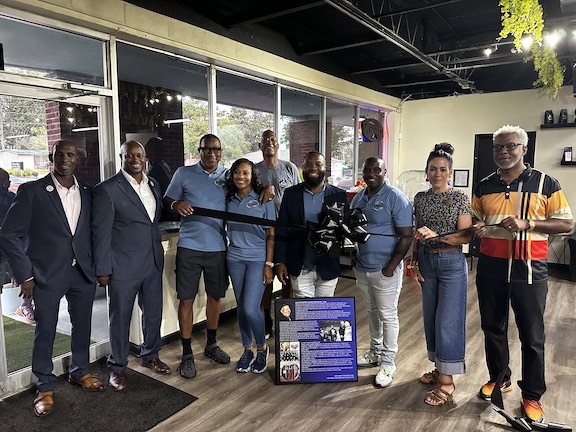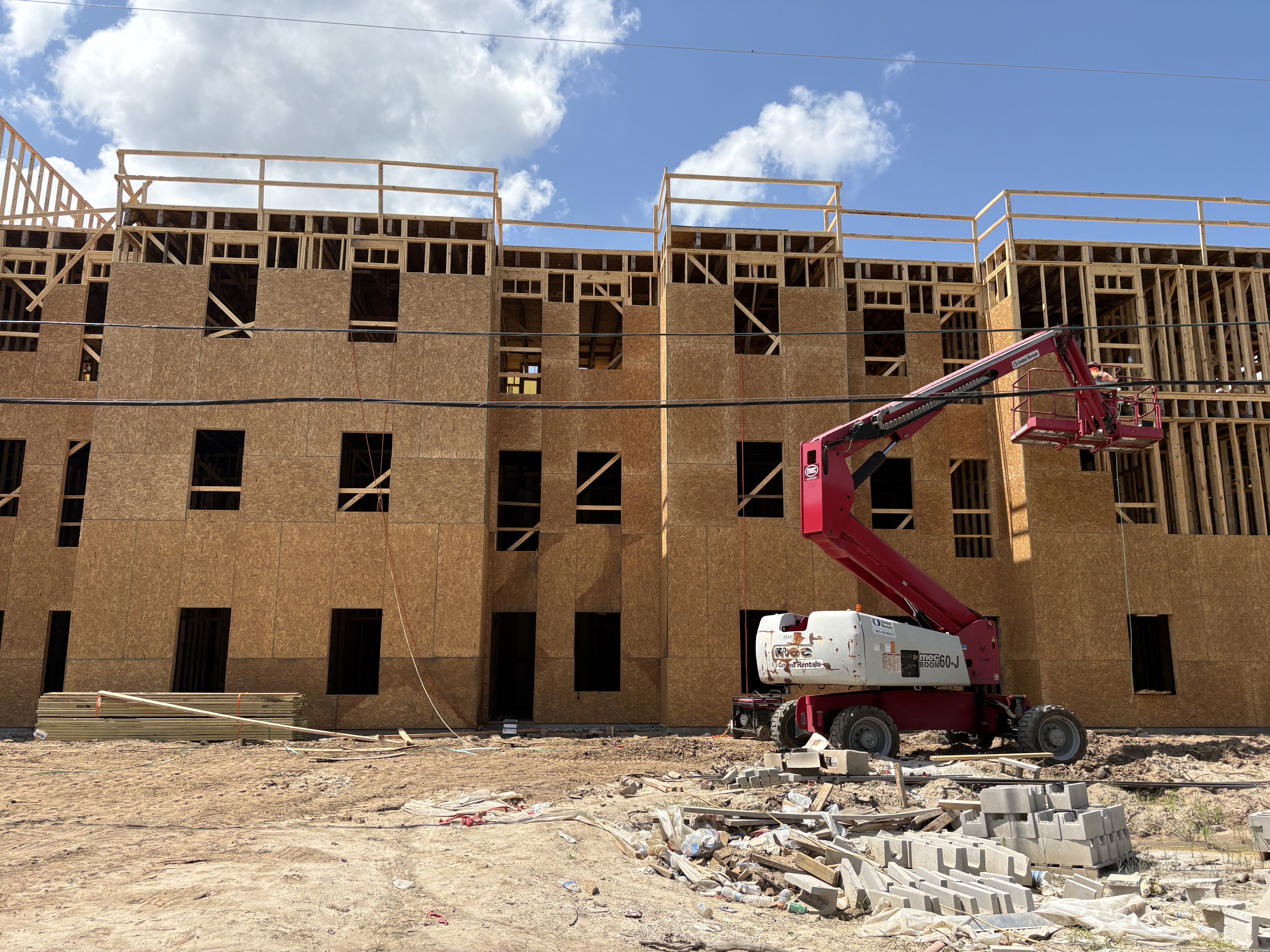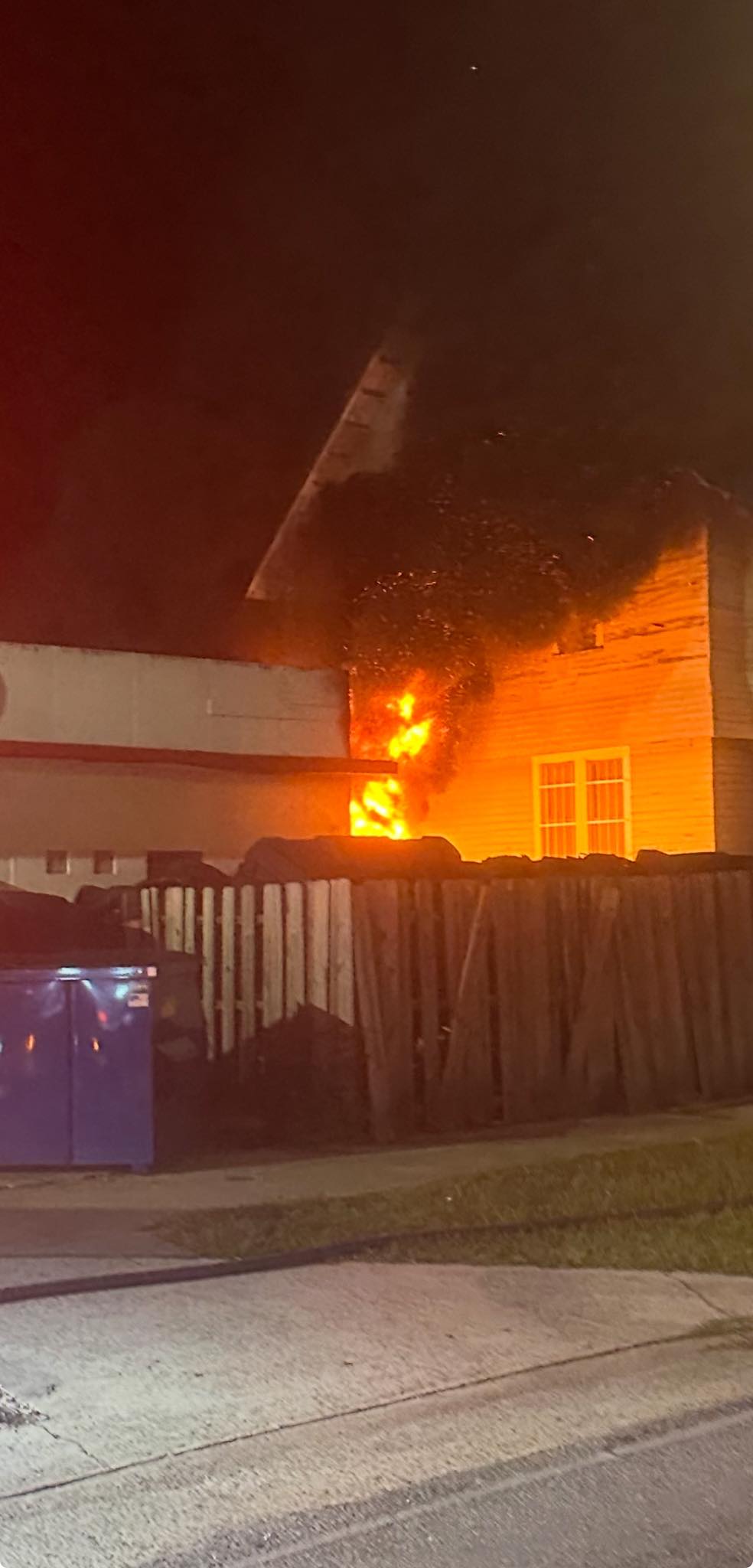In the event of the unthinkable
Published 4:07 pm Thursday, October 5, 2006
When Democrat Managing Editor Susan Lamb called and told him to turn on the television one April morning in 1999, Live Oak Police Chief Nolan McLeod knew something was wrong. What he saw on the screen stunned him. A high school had been attacked by armed intruders. The writing at the bottom of the screen was partially obscured by a network logo, and all he could see were the first six letters of the school’s name: C-o-l-u-m-b. For a moment, McLeod thought tragedy had hit close to come. But it was Columbine, not Columbia High School that had been attacked.
McLeod has no less compassion for the victims because they lived far away. But it was a sobering moment, and it made him think.
“Columbine was what really opened up people’s eyes,” he said Wednesday. “It very well could have been Columbia High School, it could’ve been Suwannee High School, it could’ve been anywhere.”
In the wake of three recent school shootings across the nation, the problem of school violence is once again on our minds. Not that it ever really left.
One of McLeod’s concerns now is complacency. He doesn’t want people to needlessly worry, but a false sense of security can be dangerous, he said.
“One of the ways to increase the chances of something happening is to get the mindset that it cannot happen,” he said.
This week’s tragedy in Pennsylvania drove that point home. One often associates violent crime with urban areas, but the attack on the Amish schoolhouse occurred, in part, because it was located in an isolated area, and security was low.
McLeod and other authorities, especially the Suwannee County Sheriff’s Office, are doing everything they can to make local schools a less inviting target. But he said they can’t do it all themselves. School resource officers are always on the lookout for odd or unusual behavior, but teachers, staff and students must also be alert to signs of danger. The key, he said, is to create an atmosphere in which students feel comfortable reporting suspicious behavior to a responsible adult.
Suwannee County Sheriff Tony Cameron worked as Suwannee High Dean of Students for seven years. During that time he developed an aggressive approach to dealing with potential problems.
“If we had any hint of anything going on we’d meet with the student’s parents and head things off before they happened,” he said. “It worked real well.” The program is still in place today.
In addition, Cameron said he visits the schools regularly. “[Superintendent of Schools] Walter Boatright and I have a very good relationship and speak with each other frequently,” he said.
Cameron said the sheriff’s office SWAT team trains regularly in county schools, after hours and on weekends.
But what if the unthinkable does happen? McLeod didn’t want to talk tactics, at least not in detail, but he did say that since Columbine, the rules have changed.
“The training was, you wait,” he said. “You get the perimeter secure and do your negotiating, because there’s so much that can go wrong with storming the place.”
But sometimes waiting doesn’t work. And sometimes it doesn’t matter. In Pennsylvania this week, the gunman began shooting just minutes after police arrived at the scene.
So what can authorities do? They plan, as best they can, for everything. The sheriff’s office has an Emergency Response Team which does just that. And McLeod recently enlisted the help of the Air National Guard to take detailed aerial photographs of Suwannee County schools and surrounding areas. These photos will be invaluable should the need arise to completely seal off a school.
Another recent development of note is the creation of a rapid response team, composed of law enforcement and emergency personnel from all seven counties in the Third Judicial Circuit. The team is ready at a moment’s notice to respond to any emergency, natural or manmade.
Let’s hope they’re not needed any time soon.
Robert Bridges can be reached by calling 386-362-1734 ext. 134 or by e-mail at robert.bridges@gaflnews.com





